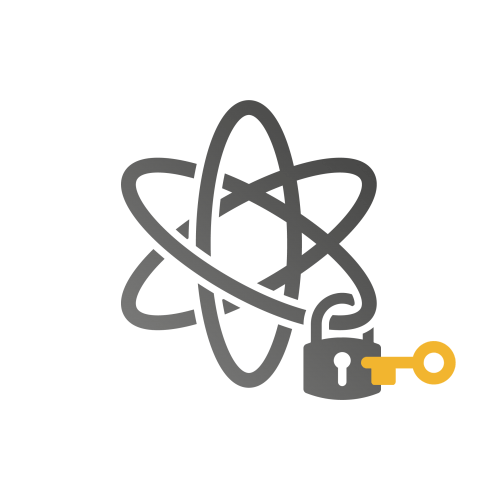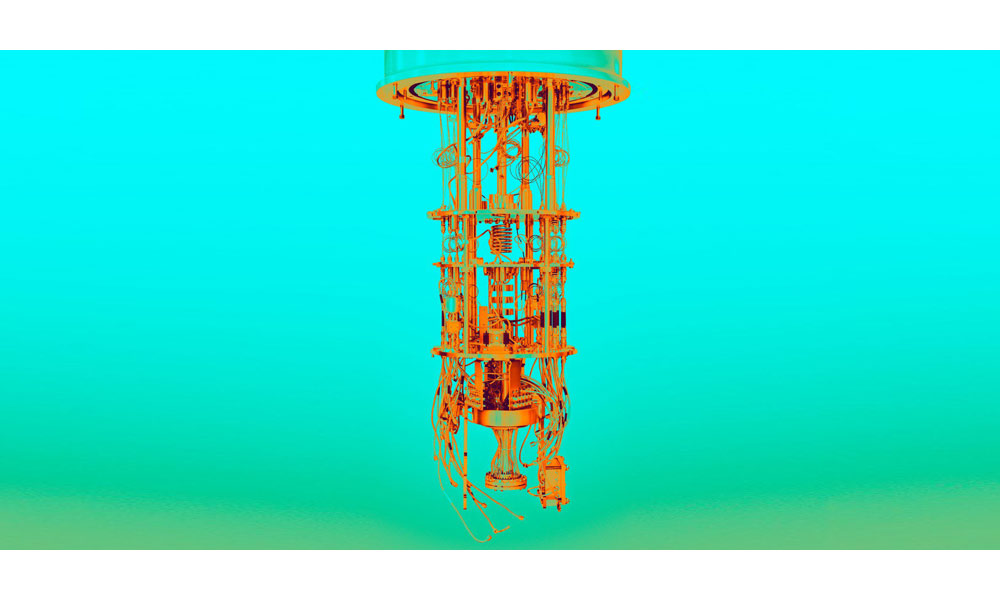See that little padlock icon on top of your web browser? That's a signal to tell you that online services are using, and have properly set up HTTPS.
This web protocol encrypts the data you send across the internet when using that online service, as well as protecting all the responses of your interactions. In other words, it's a form of encryption to protect things like passwords, digital signatures, and other sensitive information.
For modern but conventional computers that think with 'bits', it would be very difficult or next to impossible to crack this kind of encryption. With '0' and '1', traditional computers aren't (and won't be) powerful enough to decrypt in an effective and efficient manner.
But for quantum computers that use 'qubits', they could undermine these cryptographic defenses, in ways that traditional computers would struggle forever.
When quantum computers are widely available, these machines could be a threat to the widely used cryptography methods.
This is why researchers and security firms are racing to develop new approaches to cryptography that are capable of withstanding future quantum attacks.
Read more: The First Time Researchers Found Something That Only Quantum Computers Can Solve

This is called 'post-quantum cryptography'.
It refers to cryptographic algorithms (usually public-key algorithms) that are thought to be secure against an attack by a quantum computer.
The problem with popular algorithms is that their security relies on one of the three hard mathematical problems: the integer factorization problem, the discrete logarithm problem or the elliptic-curve discrete logarithm problem.
All of these problems pose extreme difficulties for conventional computers to solve. But for quantum computers, if they can muster sufficient computing power, these encryption algorithm should be much easier to crack.
Post-quantum cryptography has gained attention from academics and industry through the PQCrypto conference series since 2006, as well as workshops like the Quantum Safe Cryptography hosted by the European Telecommunications Standards Institute (ETSI) and the Institute for Quantum Computing.
The problem needed to be solved, is based on the two main types of encryption method:
- Symmetric encryption, which requires a sender and a receiver to have identical digital keys to encrypt and decrypt data.
- Asymmetric encryption, or also known a public key. Encryption uses a publicly available key to let people encrypt messages for a recipient who is the holder of the private key needed to decrypt them.
These encryption methods are often used together. And in the case of web services' HTTPS, web browsers use public-key cryptography to check websites’ validity and then establish a symmetric key to encrypt communications.
These encryption methods create very long key pairs to stop hackers from using brute-force attacks to try guessing the keys being used.
For traditional conventional computers, it would take thousands - if not millions - of years to scan all of the possible permutations to derive the private keys. But for quantum computers, their 'superposition' qubits can generate exponential processing power.
Hackers could eventually test all possible permutations of a cryptographic key in a relatively shorter time.

Any business or government planning to store data for decades should be thinking about the risks the technology poses, simply because today's encryption technology could be obsolete tomorrow.
One of the strategies include increasing the size of digital keys. This would enlarge the number of permutations that needed to be searched using brute force.
For example, by just doubling the size of a key from 128 bits to 256 bits effectively squares the number of possible permutations that a quantum machine would have to search through.
Another approach involves creating complex trapdoor functions that are more powerful, than even a very powerful quantum machine running an algorithm like Shor’s would struggle to crack. There are other range of approaches too, including lattice-based cryptography and supersingular isogeny key exchange.
In general, post-quantum cryptography needs to consider the following criteria:
- The size of encryption keys and signatures.
- The time required to encrypt and decrypt on each end of a communication channel, or to sign messages and verify signatures.
- The amount of traffic sent required to complete encryption or decryption or transmit a signature for each proposed alternative.
But the main challenge in post-quantum cryptography is not on the approach, but the implementation of the potentially quantum safe algorithms into existing systems.
